Jessica Zhu
DocNet: Semantic Structure in Inductive Bias Detection Models
Jun 16, 2024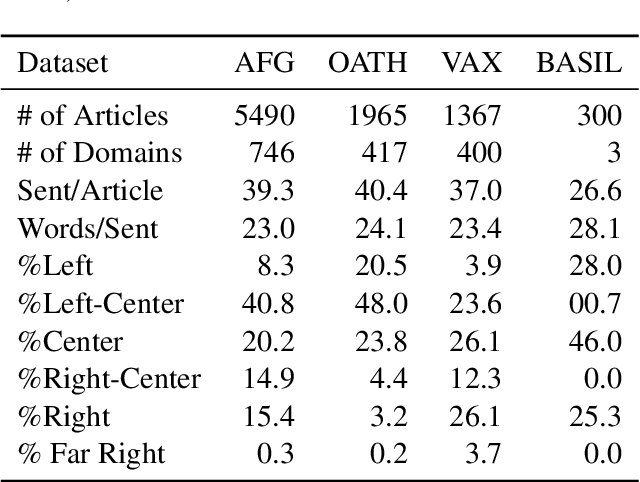
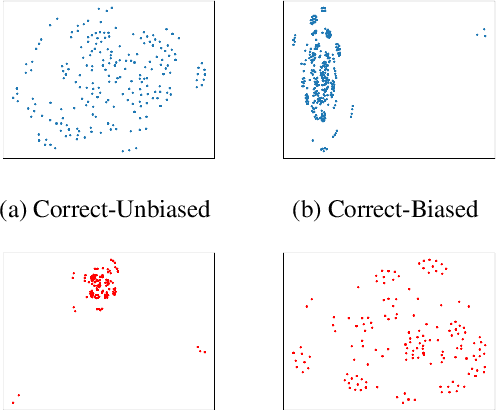
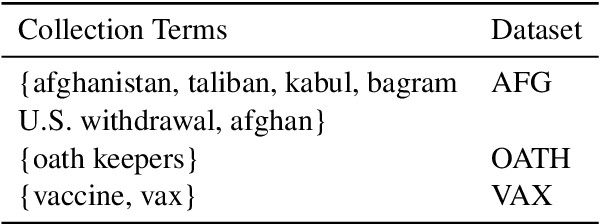
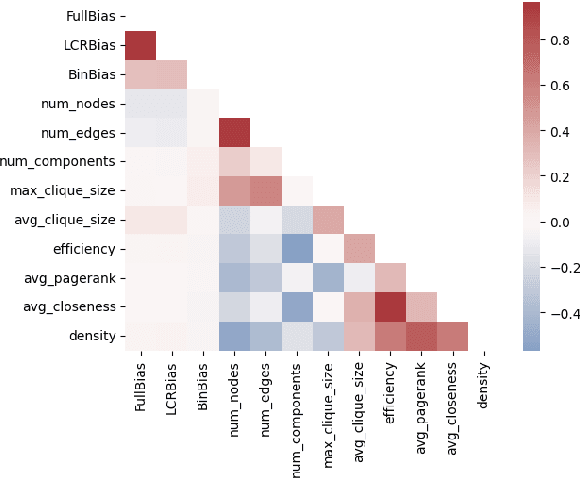
Abstract:News will have biases so long as people have opinions. However, as social media becomes the primary entry point for news and partisan gaps increase, it is increasingly important for informed citizens to be able to identify bias. People will be able to take action to avoid polarizing echo chambers if they know how the news they are consuming is biased. In this paper, we explore an often overlooked aspect of bias detection in documents: the semantic structure of news articles. We present DocNet, a novel, inductive, and low-resource document embedding and bias detection model that outperforms large language models. We also demonstrate that the semantic structure of news articles from opposing partisan sides, as represented in document-level graph embeddings, have significant similarities. These results can be used to advance bias detection in low-resource environments. Our code and data are made available at https://github.com/nlpresearchanon.
Nutrition Facts, Drug Facts, and Model Facts: Putting AI Ethics into Practice in Gun Violence Research
Feb 14, 2024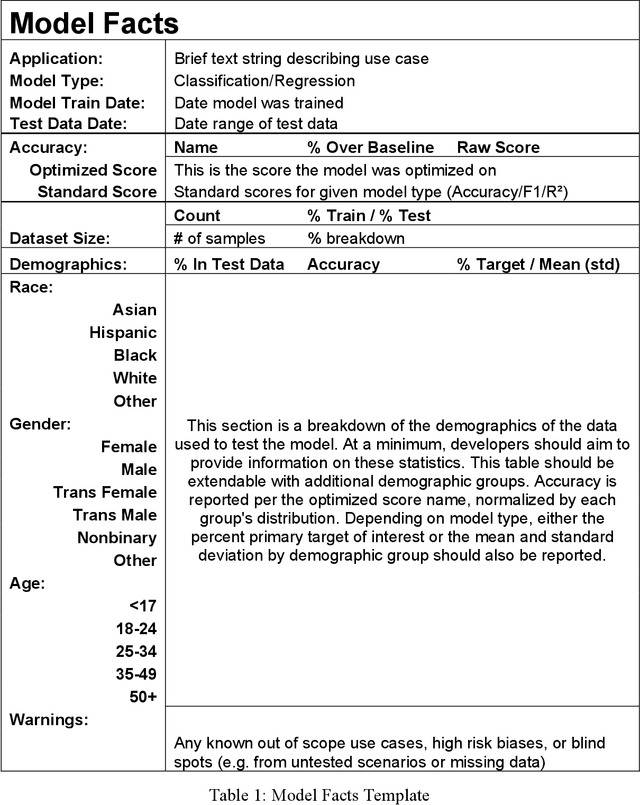
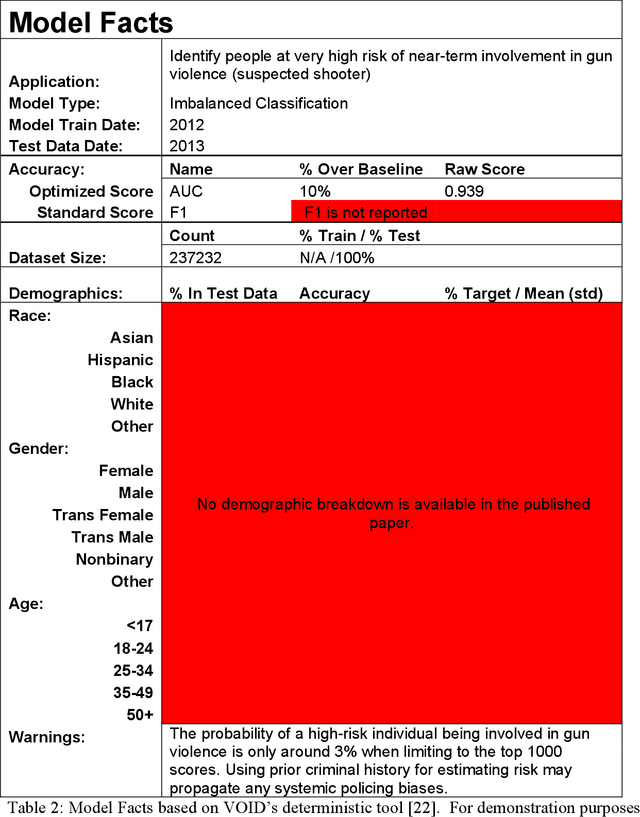
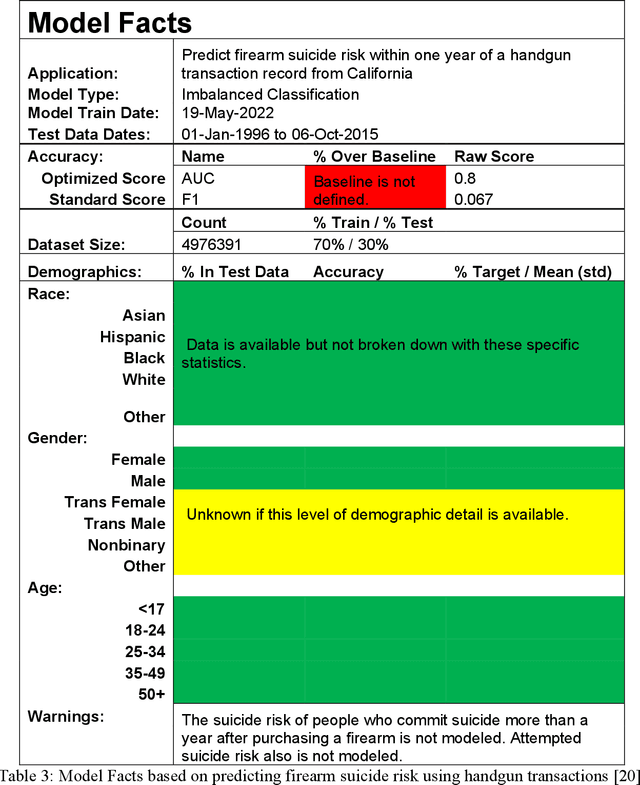
Abstract:Objective: Firearm injury research necessitates using data from often-exploited vulnerable populations of Black and Brown Americans. In order to minimize distrust, this study provides a framework for establishing AI trust and transparency with the general population. Methods: We propose a Model Facts template that is easily extendable and decomposes accuracy and demographics into standardized and minimally complex values. This framework allows general users to assess the validity and biases of a model without diving into technical model documentation. Examples: We apply the Model Facts template on two previously published models, a violence risk identification model and a suicide risk prediction model. We demonstrate the ease of accessing the appropriate information when the data is structured appropriately. Discussion: The Model Facts template is limited in its current form to human based data and biases. Like nutrition facts, it also will require some educational resources for users to grasp its full utility. Human computer interaction experiments should be conducted to ensure that the interaction between user interface and model interface is as desired. Conclusion: The Model Facts label is the first framework dedicated to establishing trust with end users and general population consumers. Implementation of Model Facts into firearm injury research will provide public health practitioners and those impacted by firearm injury greater faith in the tools the research provides.
 Add to Chrome
Add to Chrome Add to Firefox
Add to Firefox Add to Edge
Add to Edge